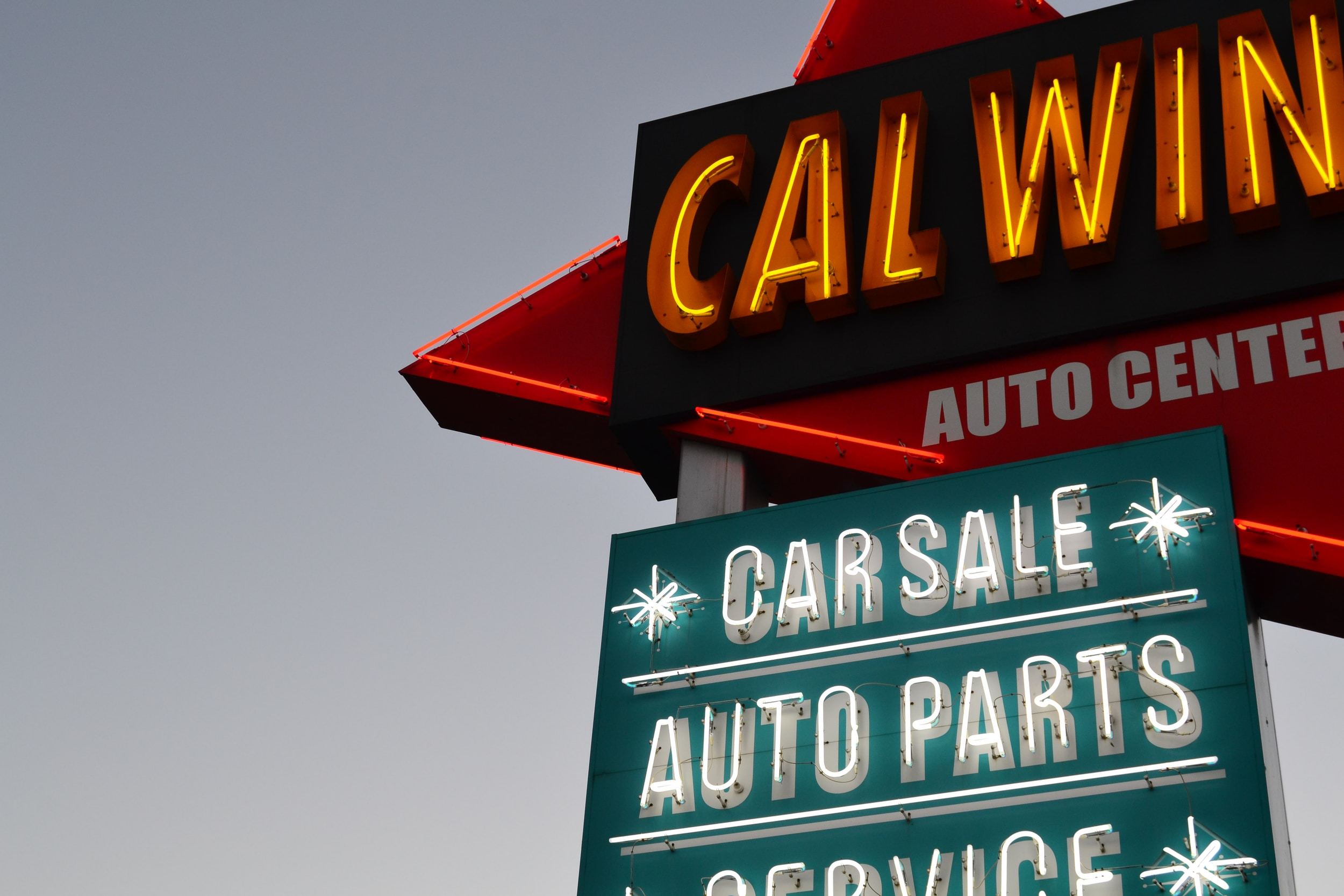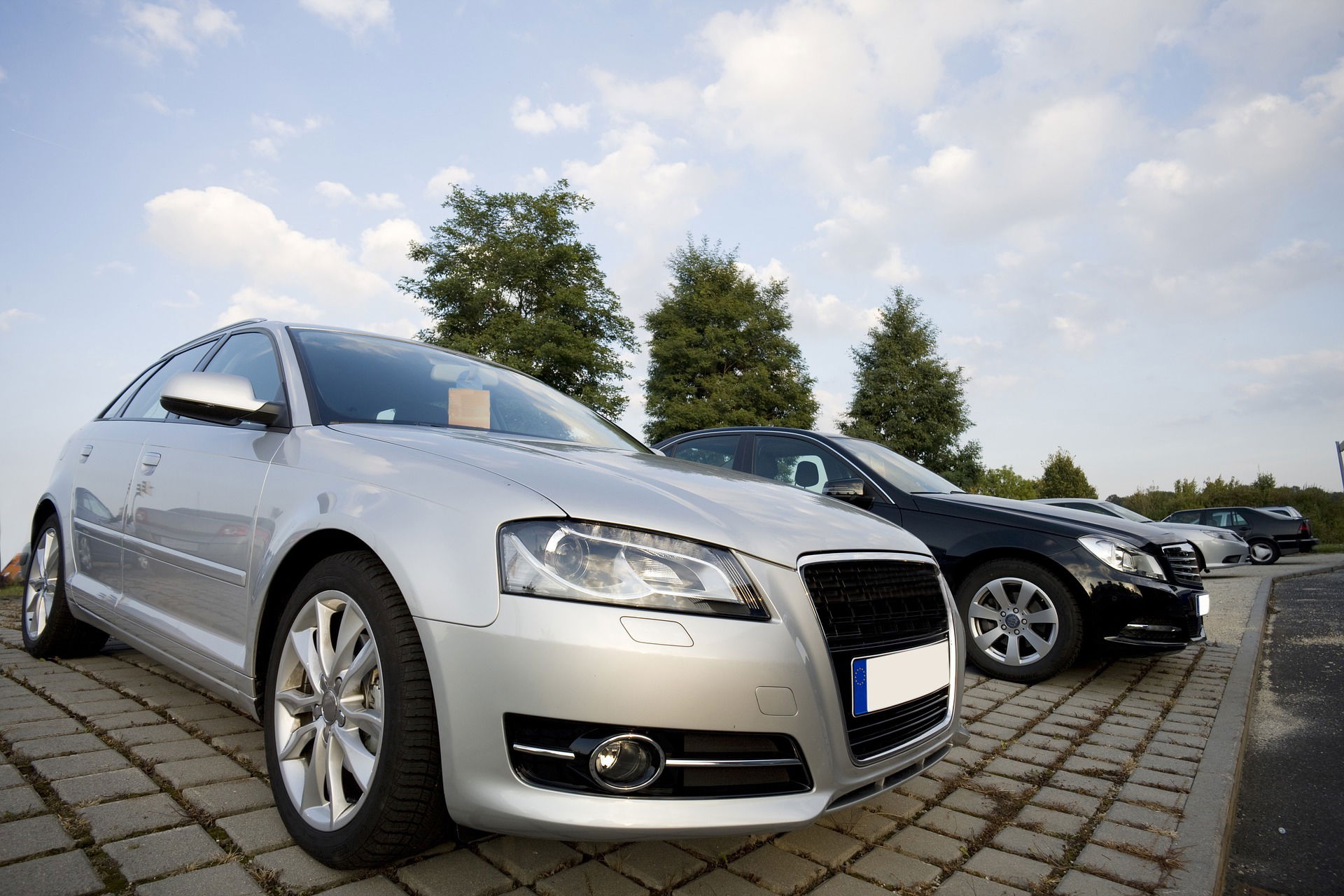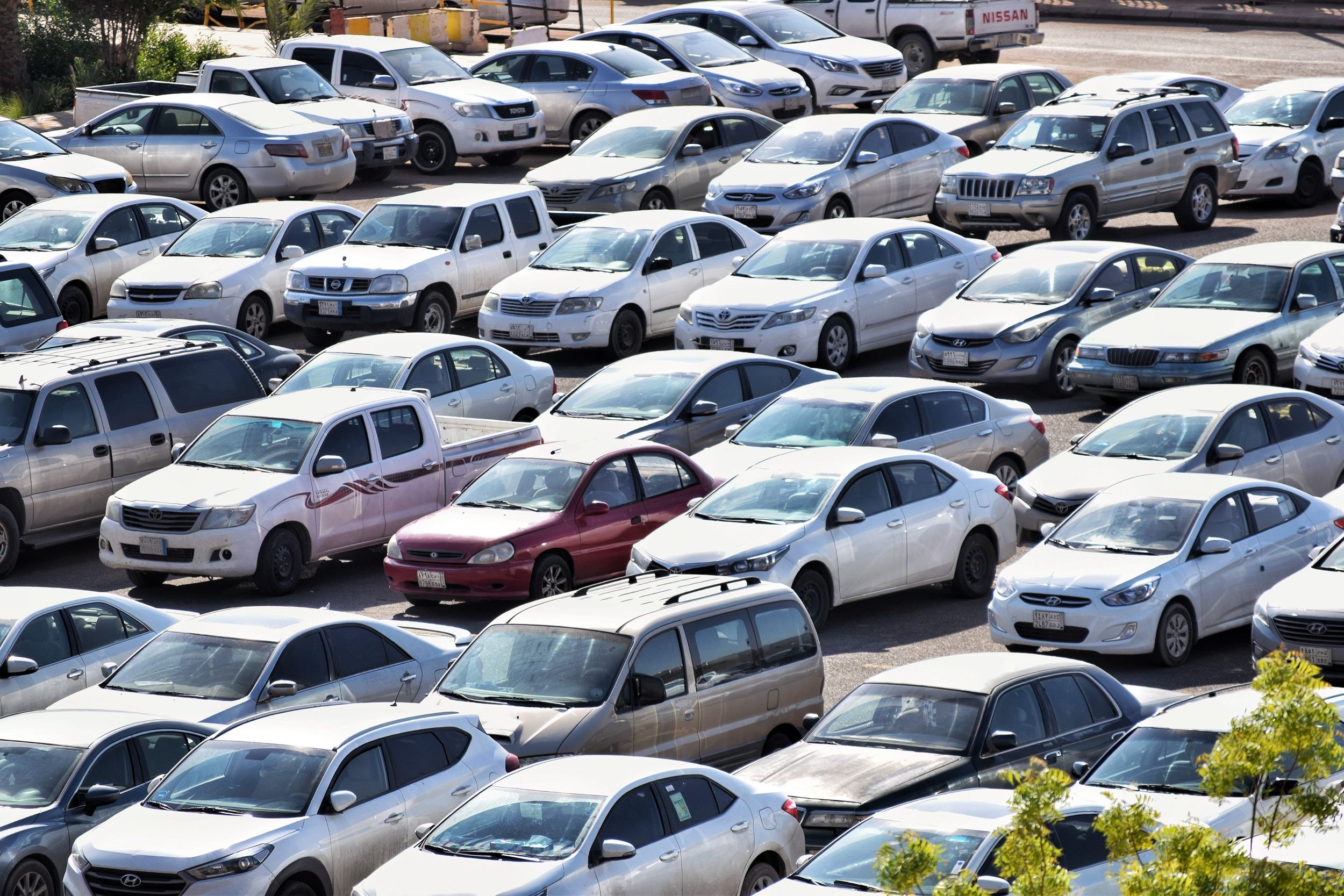Why big balance sheets — not just big yards — are reshaping Copart, rivals and the entire online salvage-auction industry
When an online auction firm like Copart sits on multi-billion-dollar cash balances, it changes how the business is run.
Cash provides optionality: the ability to invest aggressively in yards and technology, to keep bidding on growth through M&A, to return capital to shareholders via buybacks when management thinks the stock is cheap, and to underwrite the working-capital swings inherent in a commoditized, seasonal vehicle flow.
Over the last several years that optionality has become the core strategic weapon in turning a regional salvage-yard operator into an infrastructure company for vehicle remarketing. Below I map how capital — both cash on hand and capital-structure choices — is being deployed to scale operations, and why that matters for long-term growth.
Cash on the balance sheet: scale, cushions, and tactical firepower
Copart’s most recent public statements illustrate the point plainly: the company reported cash, cash equivalents, and restricted cash of roughly $2.78 billion as of July 31, 2025 — up markedly year-over-year — while annual revenue for fiscal 2025 ran around $4.6 billion. That is a large cash cushion for a company that manages physical inventory spread across hundreds of yards and ships vehicles internationally.
Why does that matter in practical terms? First, capital buffers smooth the operating cycle: auctions are seasonal, catastrophic events spike supply (and demand), and export logistics create working-capital timing differences.

Big cash reserves let firms pay auctions and yard vendors quickly, invest in immediate yard expansion when volumes spike (for example after a weather event), and avoid fire-sales that would depress margins. Second, cash gives firms the ability to invest in large, lumpy technology projects — new bidding platforms, AI image-inspection tools, VIN analytics systems — without swallowing equity or taking on restrictive debt covenants.
Finally, cash is strategic ammunition for M&A and financial engineering: Copart has historically used its balance sheet to acquire capabilities and to repurchase stock when its leadership wants to allocate capital back to shareholders.
As of mid-2024 filings, the company had repurchased hundreds of millions of shares under its programs — a sign that management treats buybacks as a lever for returning surplus capital when acquisition targets are scarce or valuations look attractive.
Where capital flows: facilities, yards, and the cost of physical scale
Auto auction platforms are digital marketplaces, but they are also logistics companies. Yards — land, fencing, vehicle handling equipment, environmental remediation, and security — are capital-intensive and recurring.

Copart’s filings show a meaningful year-over-year rise in facility and yard-operations expenses and higher depreciation as new and expanded facilities were placed into service — a clear indicator that a chunk of capital is being converted into fixed assets to support higher unit throughput.
The company has described doubling down on yard capacity and related capex in recent reporting cycles. Two effects matter here. First, adding yard capacity lowers in-yard times (faster loadout, less congestion), which increases throughput and improves margins per vehicle.
Investors and analysts often point to “lower in-yard times” as a lever to improve profitability because vehicles that sit longer cost more (security, lot fees, depreciation) and slow cash realization. Second, ownership of yards creates optionality for adjacent revenue streams — repair/ refurbishment facilities, parts depots, and logistics hubs — which can be monetized or spun into services sold to buyers and sellers on the platform.
Capex allocation decisions are therefore strategic: a firm can spend to own the physical flow (more yards, more cranes, more gate infrastructure) or it can take an asset-light posture and partner with logistics providers. Copart’s recent financial disclosure indicates the company remains heavily invested in facility growth and in-yard operational improvements.
Technology investment: productizing the marketplace

Cash is equally crucial for tech. The modern salvage auction is judged by two experiences: how easy it is to find the right vehicle and how reliably the vehicle can be moved from seller to buyer. Copart and peers have invested heavily in:
• Search and discovery tools — VIN search, 360° damage imagery, automated damage tags, historical price analytics, and mobile apps.
• Bidding infrastructure — low-latency bidding, proxy bid engines, fraud controls, and payments rails.
• Operational tooling — yard mapping apps, barcode/QR inventory systems, and automated loadout scheduling that reduce human error and accelerate pickups.
These investments are not cheap and often require multiyear development and large data teams. The payoff is clear: smoother discovery increases buyer conversion and retention; better condition data reduces disputes and friction in international export.
Copart’s public statements emphasize being an early mover on online auctions and continuing to invest in data platforms that help match ~1 million members and millions of buyers to inventory every year.
Member growth, monetization and recurring revenue
Platforms monetize three basic axes: listing fees, buyer fees, and value-added services (transport, export paperwork, refurbishment). Capital enables customer-acquisition programs (marketing, international field teams), membership platforms (tiered access like Basic vs. Premier), and tools that make smaller buyers viable (e.g., integrated shipping).

Copart reports cross-border breadth — roughly 1 million members across 185 countries in some corporate materials — and separately notes ~300,000 paying registered members in investor commentary, illustrating a funnel where a large, registered base converts into a paying cohort that supports recurring fees and marketplace liquidity.
Investing cash into buyer growth is particularly high leverage. More buyers per lot increase final sale prices and reduce the odds that a unit must be pushed to a low reserve sale. Capital can be used to subsidize initial international shipping offers, to co-invest with export brokers, or to provide favorable payment terms — all tactics that widen the buyer pool and raise realized proceeds on sales.
M&A and consolidation: buying capabilities vs. buying scale
Large cash balances give platform operators multiple strategic choices: build, partner, or buy. Copart has historically completed targeted acquisitions (dozens over time in related auto and tech spaces), and the market has seen major consolidation (for example, Ritchie Bros.’ acquisition of IAA).
When large players acquire, they aren’t just buying yards; they’re buying technology stacks, data, buyer relationships, and geographic entry points — assets that accelerate growth more quickly than organic expansion alone.
M&A is especially attractive for vertical expansion (logistics providers, towing networks, export brokers) and for buying technology and talent. But large deals also require careful capital-structure planning: using too much debt risks burdening the core yard-and-marketplace operations, while all-equity deals overly dilute existing shareholders.
Here, copious cash on hand or a conservative draw on revolving credit facilities (Copart reportedly has an unused revolver around $1.2 billion lets firms be opportunistic without leveraging the balance sheet excessively.
Share buybacks and shareholder returns: signaling and capital allocation

When management opts for share repurchases instead of M&A, it signals a view that the company’s shares are undervalued relative to its intrinsic prospects. Copart’s past filings show substantial repurchases over time (hundreds of millions of shares repurchased under its program), demonstrating that returning capital is a component of their capital-allocation toolkit.
Buybacks are effectively an option: deploy cash to reduce share count when attractive or keep cash for strategic deployment when opportunities arise. That optionality itself has value to long-term investors.
Capital structure choices and long-term growth
Capital structure — the mix of cash, debt, and equity — fundamentally influences strategic flexibility. A conservative structure (lots of cash, modest debt) lets firms weather shocks (catastrophes, regulatory changes around salvage import/export, EV battery rules) and continue investing in yards and tech.
A highly leveraged structure can amplify returns in benign conditions but compress options when markets turn.
For auction platforms facing regulatory complexity (e.g., rules around salvage EV batteries, cross-border imports), the ability to self-fund compliance and remediation is a strategic moat.
In practice, we see firms layering strategies: keep a sizeable cash buffer, maintain a revolver for opportunistic liquidity, and selectively deploy capital to capex and acquisitions while using buybacks as a residual use of funds. Copart’s recent pattern — rising cash balances, ramped capex in facilities and tech, and continued repurchase authority — is the archetypal example.
Risks and considerations

Large cash piles aren’t risk-free. Idle cash earns low returns and can attract pressure from activists to be deployed more aggressively. M&A risks include overpaying for targets and integration failures. Capital invested in yards is illiquid and exposed to local regulatory and environmental liabilities.
Finally, secular changes — like greater electrification and stricter rules around used EV imports — may require new, costly capabilities (battery testing/ certification) that change the calculus of capex versus partnerships.
Bottom line: capital shapes the battleground
Auto auction platforms sit at the intersection of physical logistics, digital marketplaces, and cross-border trade. Capital is the thread that ties these domains together: it buys land, pays for software, subsidizes buyer acquisition, funds bolt-on acquisitions and provides a mechanism for shareholder returns.
Firms that wield capital intelligently — keeping enough liquidity to act, investing in the assets and tech that directly raise throughput and buyer density, and using buybacks or M&A selectively — will likely compound advantages in liquidity, margin and network effects. The result is a marketplace that looks less like a local salvage yard and more like global vehicle-flow infrastructure — financed, in large measure, by balance sheets that can both absorb shocks and seize strategic windows.
Sources: Copart fiscal 2025 earnings and SEC filings (cash, revenues, facility expense trends and share repurchase history); Copart investor materials on members and inventory; market reports on online salvage auction growth; M&A reporting on IAA/Ritchie Bros.